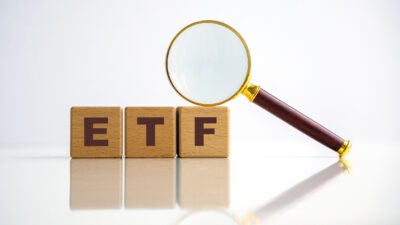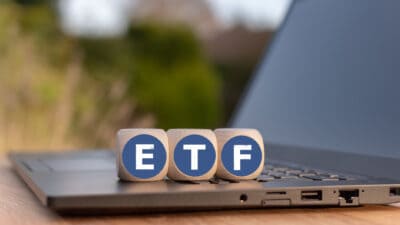If I had $50,000 to invest I'd definitely want to consider investing it. I'd think about putting all of it into exchange-traded funds (ETFs).
ETFs can be great way to invest in a diverse group of shares. Some of the best ones have very low fees. You can't go wrong with a choice like iShares S&P 500 ETF (ASX: IVV).
But I like the idea of going for slightly different ETFs. I'd want ones that provide something a bit different to the typical American or Australian focused ones.
Here are three ETFs I'd invest $50,000 into:
iShares S&P Global 100 (ASX: IOO) – $25,000
I think this might be one of the best way to invest in global shares. The US share market has plenty of high quality of businesses, many of the best in the world. But not every great business gets included in those American ETFs.
This offering by Blackrock's iShares invests in 100 of the largest across the world. Yes, you get exposure to Microsoft, Alphabet, Amazon and so on. But America may not always have the best large caps to own. European shares like Nestle, Novartis, LVMH, Siemens and SAP could be worth holding. Asian shares like Samsung, Toyota and Sony could also be worth holding.
Power often gets consolidated at the top, this investment will mean you're always invested in those giants from across the world, not just from one region.
Betashares FTSE 100 ETF (ASX: F100) – $15,000
If you go for this ETF you'll be investing in plenty of global businesses that just happen to be listed on the London Stock Exchange. I think the largest shares are pretty defensive against the coronavirus impacts.
There are pharmaceuticals (Astrazeneca and GlaxoSmithKline), alcohol (Diageo) and consumer products (Unilever and Reckitt Benckiser), there are also shares from industries like mining (Rio Tinto and BHP), electricity distribution (National Grid), a telco (Vodafone) and a supermarket (Tesco).
One of the main reasons I'm attracted to this ETF is because you get exposure to a share market that is somewhat similar to Australia's and very different in other ways. At the end of April 200 this BetaShares offering had a trailing dividend yield of almost 6%, though this will probably reduce if there are more dividend cuts.
Vanguard FTSE Asia ex Japan Shares Index ETF (ASX: VAE) – $10,000
Asia is home to a number of very promising businesses that are hard to get exposure to through most other types of investments. This ETF is a good way to get all that exposure through a single investment. I'm talking about shares like Alibaba, Tencent, Samsung, Ping An Insurance and Taiwan Semiconductor Manufacturing.
It's good to be invested in the Asian region. Particularly places like China, Hong Kong, Taiwan and South Korea. Those countries were seeing good middle class wealth growth at a nice pace before the coronavirus came along.
On the numbers side of things, it's attractive for several different reasons. It has over 1,200 holdings, a dividend yield of 3%, a p/e ratio of 12.3x and a return on equity (ROE) of 14.75%.
Foolish takeaway
I'd love to invest in each of these ETFs right now, particularly due to the lower share prices in the current environment. Investing this way takes much less effort than going for individual shares.








